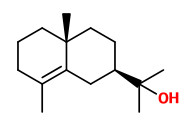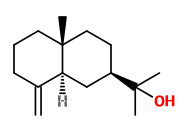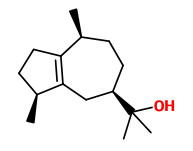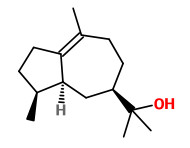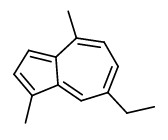Benutzer-Werkzeuge
Callitris intratropica R.T.Baker & H.G.Sm. - syn. Callitris columellaris subsp. intratropica (R.T.Baker & H.C.Smith) Silba; Callitris columellaris var. intratropica (R.T.Baker & H.C.Smith) J.Silba; Callitris robusta var. intratropica (R.T.Baker & H.C.Smith) Ewart & O.B.Davies - Cupressaceae
north cypress pine, white cypress pine
Evergreen shrub or tree, up to 30m high, native to Australia (Queensland, Northern Territory, Western Australia).
„An essential oil is extracted from this species. Called „Australian blue cypress“ oil in the trade, it is used in perfumery, cosmetics and aromatherapy. The oil has been much promoted by Bill McGilvray, who (McGilvray 1998) reports that it is and has long been used for medical purposes by the Tiwi people of Bathurst and Melville Islands, north-east of Darwin. He also states:
'The Tiwis and some mainland aboriginal groups use Callitris intratropica in very specific ways:
As a wash: To relieve abdominal cramps. Also applied to sores and cuts. Occasionally used internally to treat abdominal pain and discomfort. About a handful of freshly gathered inner bark is pounded and heated in about 500 mls of water. The cooled liquid is spread over the body, and a long strand of inner bark is wrapped around the abdomen (to relieve abdominal cramps).
As an insect repellent: The bark is thrown into the camp fire to drive off mosquitoes and midges.
As an analgesic: To relieve minor aches and pains. The wood ashes are mixed with water and smeared over the affected part of the body…' “
[Christopher J. Earle: Callitris intratropica. In: The Gymnosperm Database. www.conifers.org, 2017] http://www.conifers.org/cu/Callitris_columellaris.php
[McGilvray, Bill. 1998. The birth of the blue from plantation to perfume: the history, development and marketing of an indigenous Australian essential oil. From a presentation given by Bill McGilvray at the 1998 Australian Aromatherapy Conference held in Sydney, Australia]
„Callitris intratropica is an oil-bearing tree and has ethno-pharmacologically been used by the native people of the Australian Northern Territory. Also many folkloric health claims have been made, not much has been proven yet but often there is some truth to it. The tree is as well grown in plantations and the remarkable blue oil also called blue cypress oil is now commercially available. The blue colour is due to the presence of guaiazulene and chamazulene, which is anti-inflammatory but the amount is rather low compared to blue chamomile and yarrow oil.
Distillation of wood chips of Callitris intratropica delivers a blue oil also called Australian blue cypress oil. Oil composition and yield (1-3%) depend considerably on distillation time (4-40 hours). A blue oil is formed only in the presence of bark, distillation of pure heartwood or sapwood produces a slightly yellow oil. The oil is almost completely located in the heartwood, the sapwood oil content is rather low. The main compounds of the oil are guaiol, bulnesol and the eudesmols, which change with distillation time to dihydrocolumellarin that makes up together with other lactones the largest part of the distillable organics. Small amounts of chamazulene and guaiazulene account for the blue color.“
Main components of a commercial 'Blue Cypress Oil' were guaiol (16.6%), bulnesol (11.0%), γ-eudesmol (9.7%), β-eudesmol (8.0%), α-eudesmol (7.6%), and dihydrocolumellarin (9.3%). Minor components were eg. γ-costol (2.7%), β-costol (1.7%), α-costol (1.6%), chamazulene (0.1%), and guaiazulene (trace).
[Wanner, J., et al. „Essential oil and extracts from Callitris intratropica heartwood, sapwood and bark obtained by hydrodistillation, solvent extraction and headspace solid phase micro extraction.“ Poster presented at the 43rd International Symposium on Essential Oils. 2013]
Main components of a commercial 'Organic Blue Cypress Oil' were bulnesol (14.8%), guaiol (11.5%), β-eudesmol (11.0%), α-eudesmol (8.0%), γ-eudesmol (7.1%), α-selinene (4.4%), β-selinene (3.5%) and citronellic acid (4.1%). Minor components were eg. methyl geranate (1.6%), citronellol (0.5%), methyl citronellate (0.2%), and verbenone (0.3%).
https://www.aromatics.com/products/essential-oils/blue-cypress GC/MS provided, retrieved 2018-01-04.

